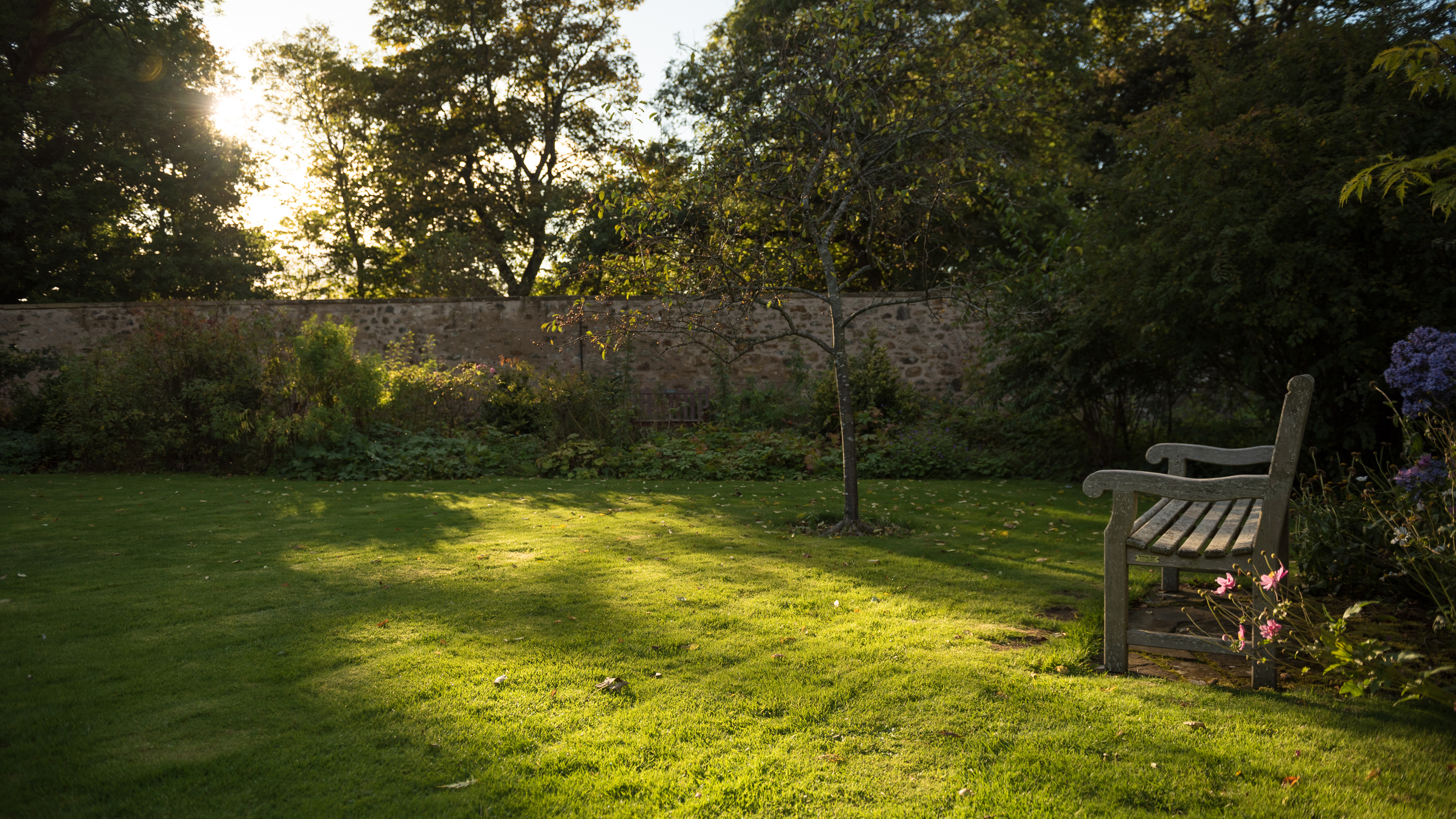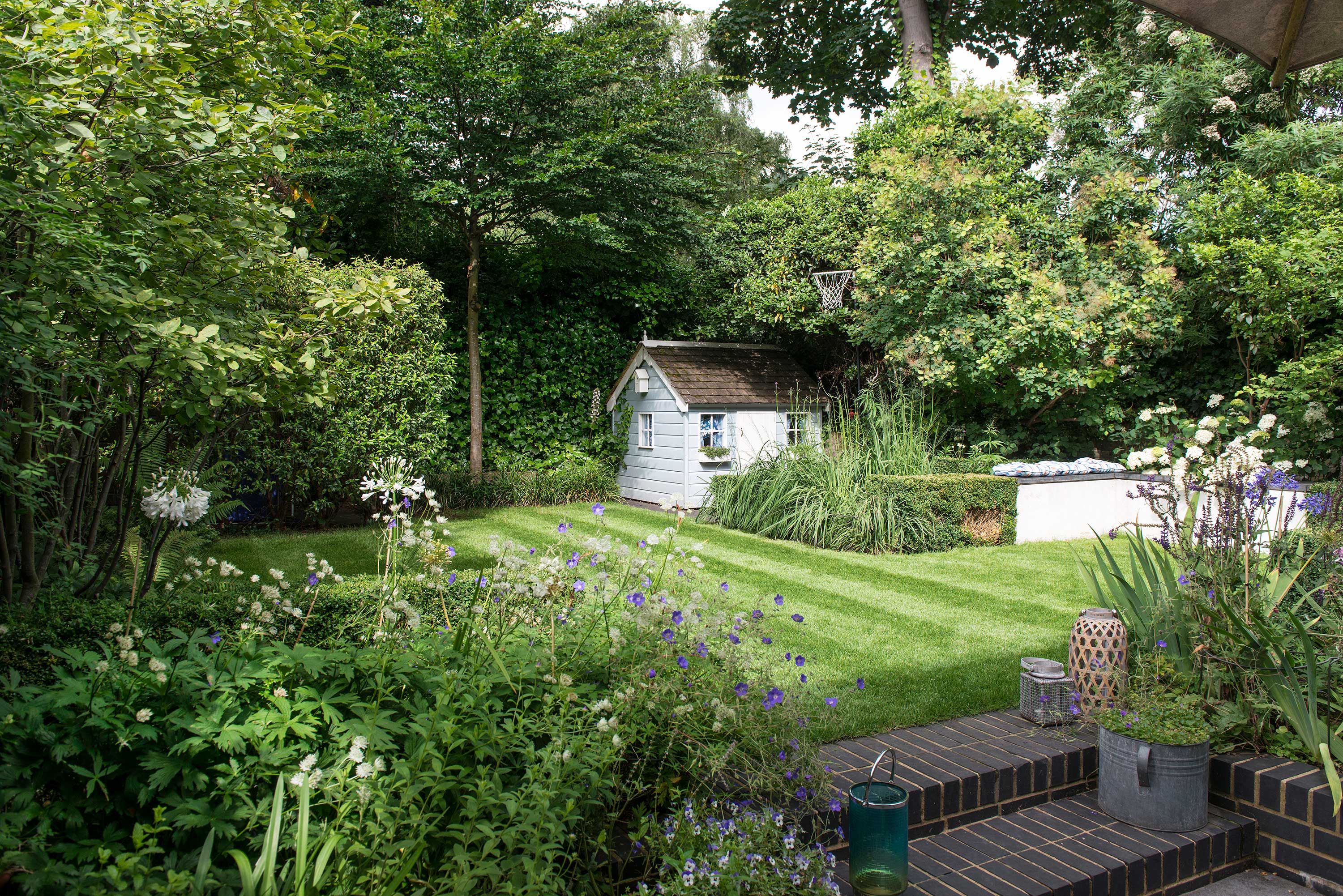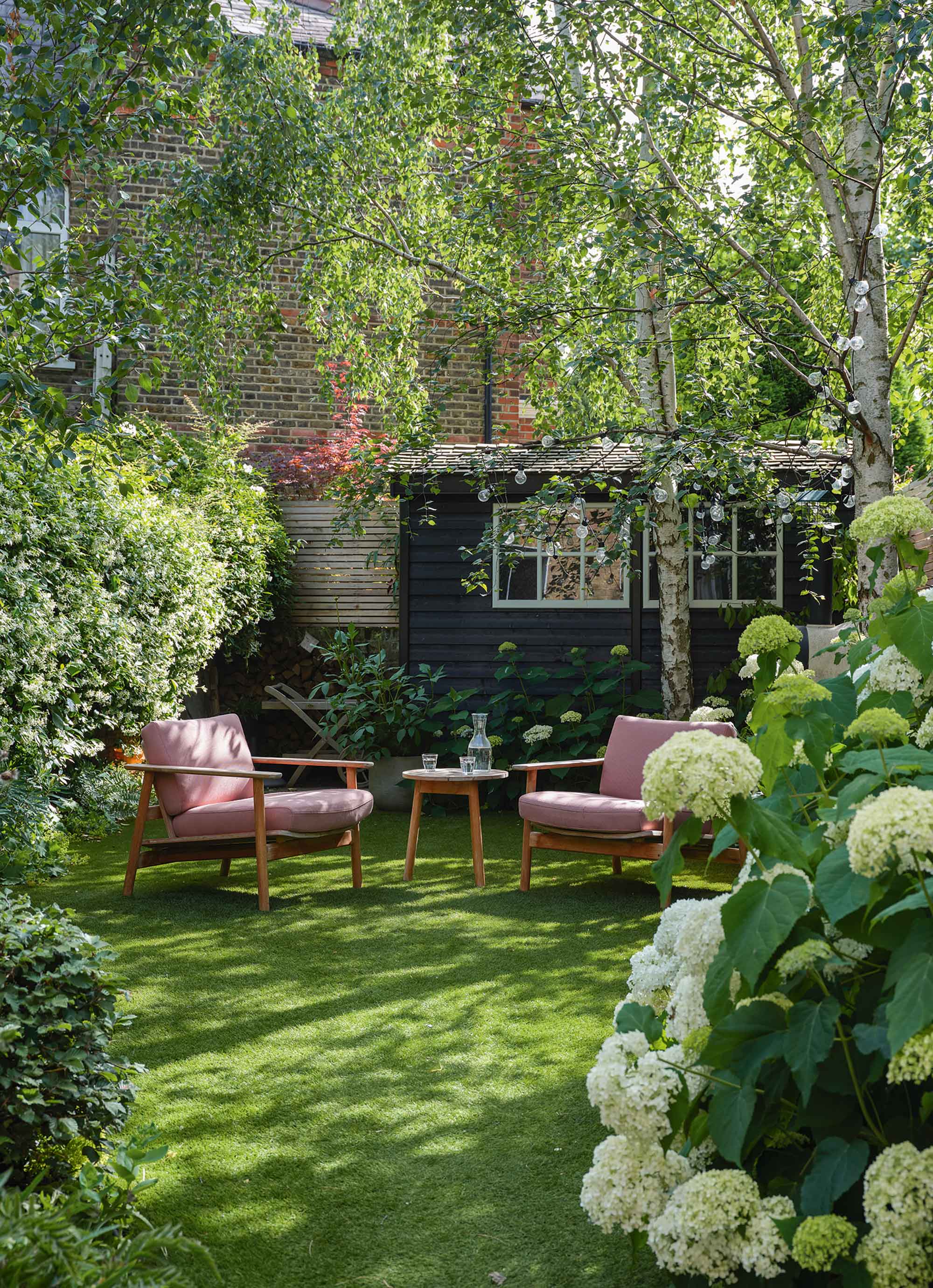Gardening experts are warning against mowing your lawn during a heatwave
Mowing your lawn during a heatwave could damage it; here's why – and what you should do instead, according to gardening pros

You should stop mowing your lawn during a heatwave, gardening experts are saying. With 'no mow May' now over, many gardeners will be relieved to be getting their best lawn mower out to give the lawn a nice neat trim. But, with temperatures creeping up already, should you give it a bit longer before you cut your lawn?

The warning against mowing during a heatwave comes from gardening expert Chris Bonnett, of GardeningExpress.co.uk. Chris has urged gardeners to 'avoid mowing the lawn during extreme heat, as the lawn will be trying to recover from the heat or a potential drought. The optimum time is in cooler temperatures, after a rainfall.'
There are two main questions here: what actually constitutes a heatwave, and does this mean that during a hot summer, you should stop mowing your lawn completely?

The UK Met Office defines a heatwave as 'an extended period of hot weather relative to the expected conditions of the area at that time of year, which may be accompanied by high humidity.' A heatwave can be as short as three consecutive days of abnormally hot weather, or it can continue for weeks at a time. Of course, it is no big deal to not mow your lawn for a few days when it's really hot (you likely won't want to, anyway). But what do you do if your area is seeing weeks of very warm weather? Do you just let your lawn go wild and wave goodbye to your more manicured lawn ideas?
Fortunately, there's no need for that. So, you can still give your lawn a trim but, according to Chris, 'Keeping the blades of grass as long as possible creates a microclimate by shading the soil beneath them and slowing down the loss of any moisture trapped in the root or the soil.'
Gardening experts at The Greenhouse People agree and offer these tips for how to mow a lawn in hot weather: 'When mowing, adjust your blade to a higher setting to ensure grass stems provide maximum shade to the soil. Afterwards, leave the cuttings instead of raking to provide shade and to avoid damaging your lawn.'
What should I do if my lawn has turned brown?
A prolonged heatwave will take a toll on your lawn, which may develop brown patches in response to the intense heat. Don't worry, though: most lawns will recover once cooler temperatures and rain return. You should also learn how to scarify a lawn to keep it healthy.
If you're worried that your lawn has actually died in the heat, you can use a simple test, as described by Westland: 'Give a gentle pull, if it is easy to pull up it has died but if you face some resistance then it is alive. If it is dead, you will need to sow a new lawn.'
Anna writes about interior design and gardening. Her work has appeared in Homes & Gardens, Livingetc, and many other publications. She is an experienced outdoor and indoor gardener and has a passion for growing roses and Japanese maples in her outside space.
